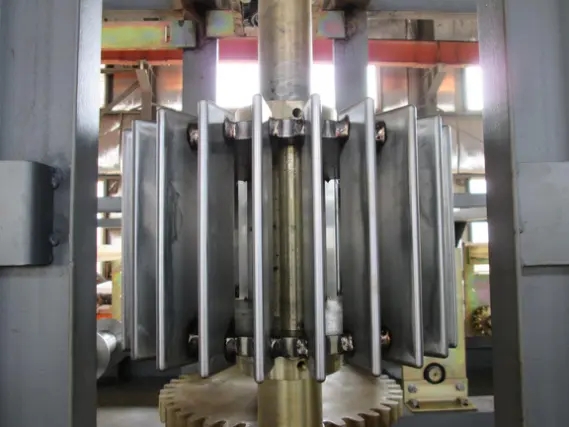
Stud and Track Keel Roll Forming A Comprehensive Overview
Roll forming is a continuous bending operation that involves the shaping of sheet metal into desired profiles using a series of rollers. Among the various applications of roll forming, the production of stud and track systems is an important segment, particularly within the construction and manufacturing industries. These systems, commonly used in light gauge steel framing, offer a lightweight yet robust solution for constructing walls, floors, and roofs.
Understanding Stud and Track Systems
Stud and track systems are essential components in steel framing. The stud refers to vertical framing members, while the track denotes the horizontal components that hold the studs in place. These elements can be made from various materials, but steel is the most popular due to its strength, durability, and cost-effectiveness. The design of these components allows for easy installation, facilitating rapid construction timelines compared to traditional framing methods.
The Role of Roll Forming
The roll forming process for stud and track systems typically initiates with a flat sheet of metal, which is then fed through a series of rollers that shape it into the desired profile. The sequence of rollers progressively bends the metal at specific angles until it achieves the final cross-sectional shape required for studs and tracks. This method provides high precision and consistency, ensuring that each piece produced meets exact specifications.
One of the significant advantages of roll forming is its ability to produce long lengths of material without the need for welding or assembly. This characteristic not only enhances strength and integrity but also reduces labor costs and time spent on installation. Furthermore, roll forming can be adapted to create various profiles, enabling manufacturers to customize products according to specific project requirements.
Benefits of Stud and Track Roll Forming

1. Efficiency The continuous manufacturing process of roll forming allows for high-volume production with minimal downtime. This efficiency translates to quicker project completion and meeting tight deadlines.
2. Consistency Roll forming ensures that each piece produced is uniform in quality and dimension, reducing the likelihood of defects that can lead to costly repairs or replacements.
3. Cost-Effectiveness Utilizing roll forming in the production of stud and track systems can significantly lower material waste and labor costs, making it an economical choice for builders and contractors.
4. Versatility Roll forming equipment can be easily adjusted to create various profiles, making it possible to respond to different design requirements without the need for extensive retooling.
5. Strength and Durability Steel formed through this method demonstrates resilience, making stud and track systems robust enough to withstand various loads and stresses in construction applications.
Applications and Future Trends
Stud and track systems find extensive use not only in residential construction but also in commercial buildings, schools, hospitals, and more. As the construction industry continues to evolve, the demand for lightweight yet strong framing materials is expected to grow. Innovations in roll forming technology, such as advanced automation and enhanced control systems, are paving the way for even greater efficiency and flexibility in manufacturing.
In conclusion, stud and track keel roll forming represents an essential innovation in modern construction practices. By leveraging the benefits of roll forming, manufacturers can produce high-quality, cost-effective framing solutions that meet the demands of today’s diverse building projects. As technology continues to advance, the potential for further enhancements in roll forming processes will undoubtedly unlock new opportunities within the industry.